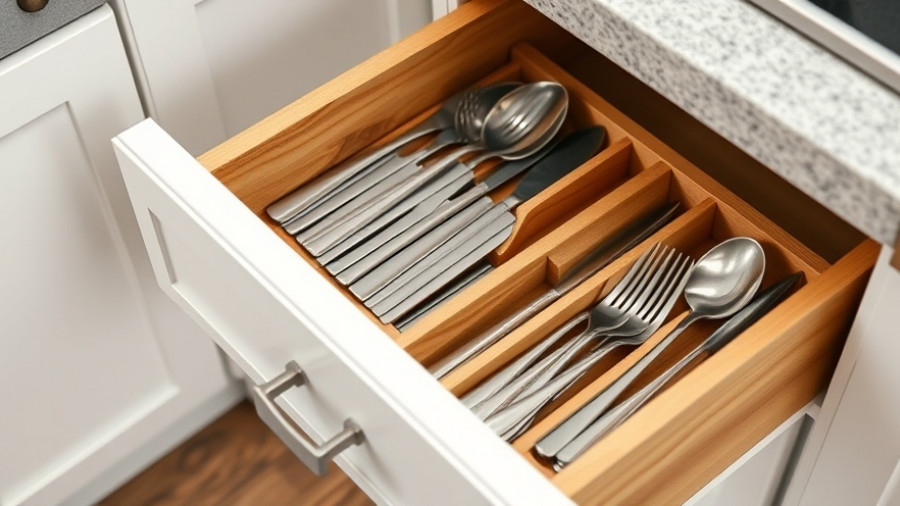
Moving to a Warmer Climate: What to Know
Relocating from a chillier Northern state to the sun-kissed South may provide a break from winter’s grasp, but it also introduces challenges that can heat up your utility bills unexpectedly. As homeowners prepare for this transition, understanding how to optimize energy usage becomes critical for maintaining comfort without breaking the bank.
Understanding Energy Efficiency in Your New Home
The American Council for an Energy Efficient Economy highlights that implementing basic weatherization strategies, such as air sealing and improved attic insulation, can decrease energy consumption by an impressive 12-18%. This is crucial, as regions like Arizona, New Mexico, and Texas have unique climate zones that require tailored energy efficiency measures. The IECC (International Energy Conservation Code) provides guidelines that consider temperature and humidity variations in these areas.
For example, homes in climate zones 1A to 3A are recommended to install 13-14 inches of insulation to achieve a minimum R-Value of 38. This effectiveness can determine how well a home retains heat in winter and maintains coolness throughout the summer.
How Insulation Impacts Your Home and Energy Bills
Maintaining adequate attic insulation is not just about comfort; it translates directly into significant savings. Homes equipped with lower insulation might experience energy bills that are 10% higher compared to those that are well-sealed. Thus, checking the insulation levels in your attic becomes an important step when moving to a new climate. Homeowners are encouraged to measure their attic insulation and consult with professionals like Owens Corning AirCare® to determine the optimal levels that balance comfort and energy savings.
Examining Your Ductwork for Optimal Performance
Alongside insulation, the efficiency of a home’s duct system plays an equally important role. These ducts distribute cool or warm air efficiently throughout the house, ensuring consistent comfort. However, personal efforts might be wasted if approximately 20% of the air escapes through leaks or poorly connected ducts, as reported by Energy Star. Ensuring your ductwork is installed correctly can not only save energy but also improve indoor air quality by preventing contaminants from infiltrating the living space.
Future Energy Trends and Home Improvements
As climate change continues to influence weather patterns, being proactive about energy efficiency becomes essential. Homeowners need to adapt continuously, incorporating smart home technology that can help monitor and reduce energy usage effectively. Installing programmable thermostats or smart energy monitoring systems can empower homeowners to track consumption and adjust behaviors accordingly.
Actions You Can Take: Your Next Steps
Before moving into your new home, prioritize evaluating your attic insulation and duct system. Start by:
- Measuring the thickness of your attic insulation.
- Hiring a qualified contractor to inspect the ductwork.
- Implementing energy-efficient solutions that fit your specific climate zone.
- Using resources like Energy Star to guide your renovation projects.
Taking these actions not only safeguards your comfort but can also lead to considerable savings on energy bills in the new climate.
Your Home is Your Sanctuary
Moving to a new climate zone should not be a stressful undertaking. With strategic energy-saving techniques and the right improvements, homeowners can enjoy their new environment while keeping their energy costs in check. As you adapt to the changes, take the charge in ensuring your new home remains a comfortable and economical sanctuary.
Looking to make the most of your home renovation while transitioning to a new climate? Ensure you’re equipped with the latest knowledge on energy efficiency and home improvement practices tailored to your specific needs—because a stylish, efficient home is a happy home.
 Add Row
Add Row  Add
Add 




Write A Comment